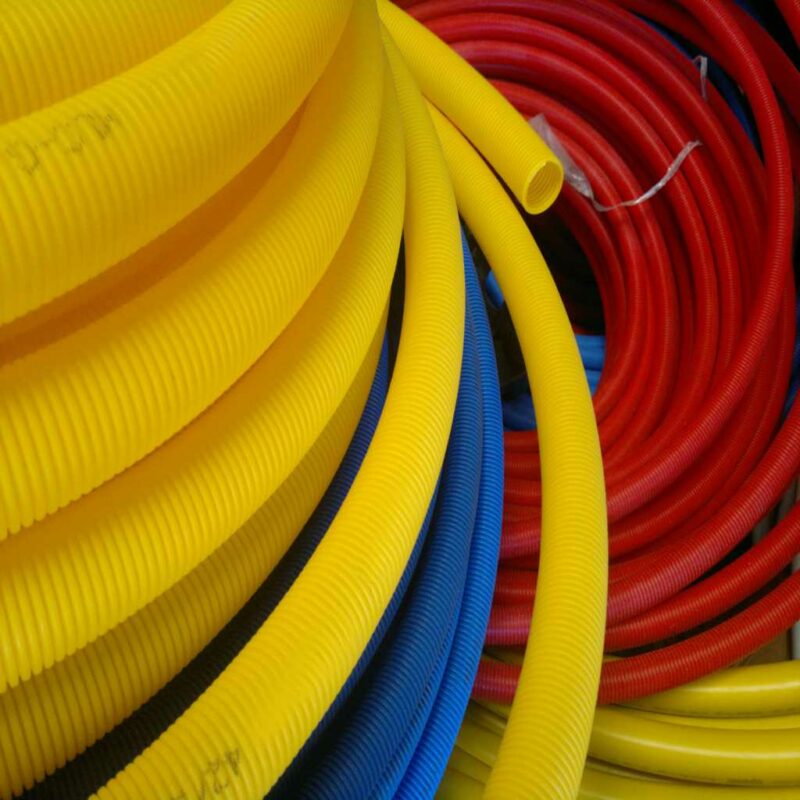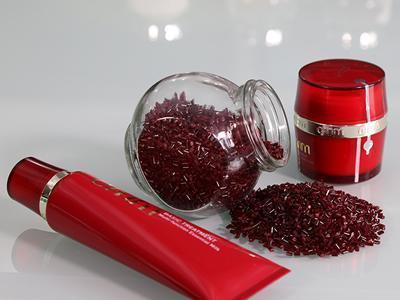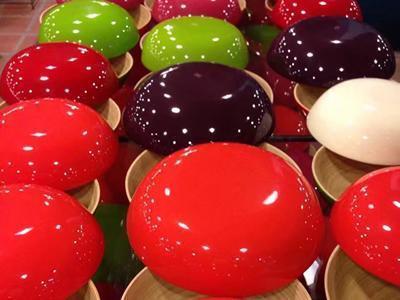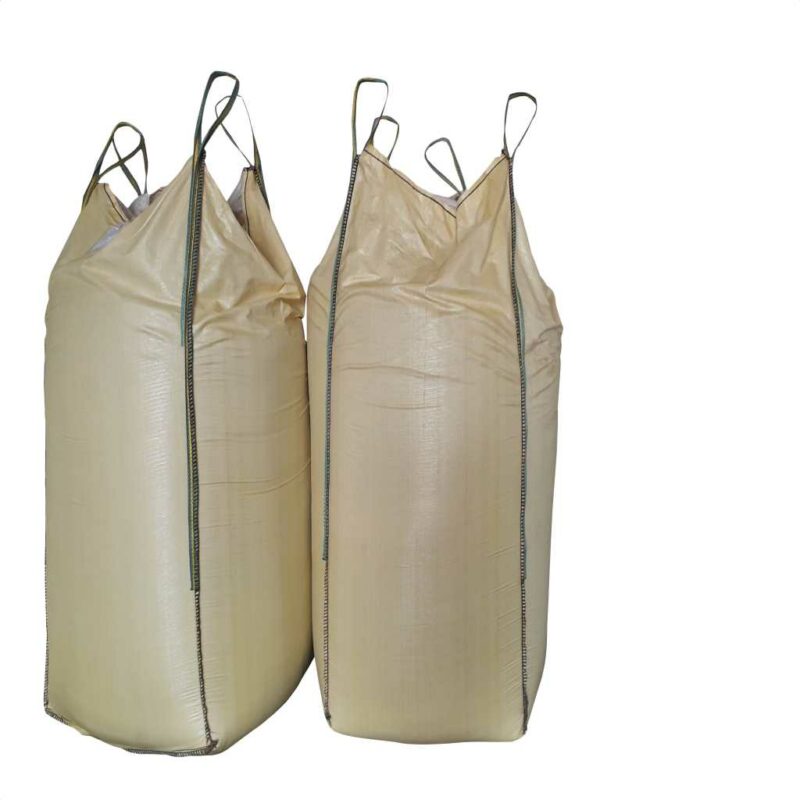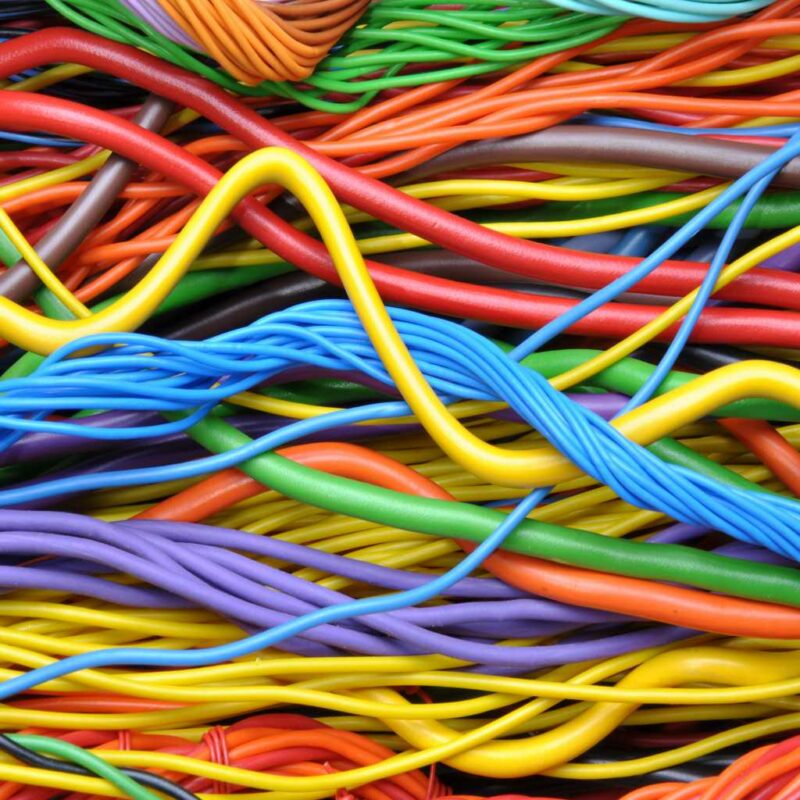Featured
1. Colored beads for plastic pipes and fittings are suitable for use with high quality PPR plastic as the base material, so they have good consistency and good dispersion fluidity. They do not affect the impact resistance, breaking strength and heat resistance of PPR pipes.
2. Depending on market demand, the company has developed black granules used in PE water pipes. We select special plastic resins, high quality black coal powder, dispersant, lubricant, and process them with banbury mixers.
3. The product is manufactured in accordance with Chinese hygiene standards and environmental protection standards. We use high quality pigments as the main raw material, use plastic granules as carriers, process them multiple times, then extrusion through the twin screw extruder.
4. The black charcoal powder in the product reaches 45%, the carbon black content is high and has a strong color fastness. It is non-toxic, tasteless, and has good dispersion, heat resistance and UV resistance.
Application in this industry
Our products are widely used in plastic film, waterproofing membrane, water pipe and cable casing. And they can also be used for film blowing, sheet forming and inflating with PE, PP, ABS, PS, EVA and other base materials.
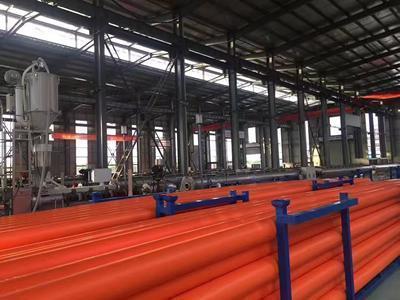
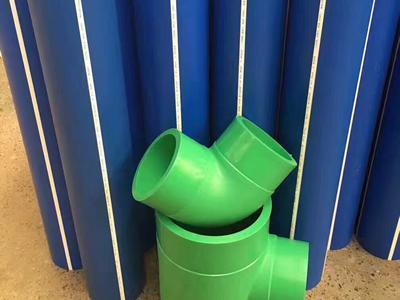

Why use color beads to color tubes?
Add colored beads to create a cloudy tube and prevent foreign matter from entering the tube when exposed to ultraviolet light. The quality of the pipe is related to the raw material manufactured. Because pigments are in direct contact with the air when stored and used, some phenomena such as moisture absorption, oxidation and agglomeration can cause problems. If used directly, color spots will appear on the surface of the product. The color becomes dark and fades easily. When mixed, dust may affect the operator’s health. Seeds need to be processed during production. Refine pigments and mix pigments, resins as carriers and dispersants together to separate the pigment from air and moisture, improve weatherability for pigments, improve dispersion and intensity color, and lighten colors. Because the shape of a colored particle resembles a plastic particle, it is convenient and accurate to measure and does not adhere to the container, eliminating the need to clean containers and machines, and also saves cleaning materials.
Plastic resins should have the following characteristics to meet the requirements of the Plastic Pipe Industry:
1. Must have good dispersion.
2. Must be stable during high temperature processing.
3. No color contamination phenomenon.
4. The size of color masterbatch should be the same size of raw material plastic, which helps to mix and color evenly in the process.
5. The color ratio of 1 ~ 4% is appropriate, helping to prevent wastage or uneven coloring.
These issues should be noted:
1. Proportion: Add colored seeds according to the instructions for use.
2. Mix well: Take care to prevent uneven combination of color and raw material
3. Temperature: The temperature of the machine must be precisely controlled, and the upper limit is not exceeded, otherwise the opposite effect will occur. (If at 200 ℃ color particles can form successfully, do not set at 230 ℃)
4. When the set temperature is different from the measuring temperature, pay attention to whether the mold is clogged.
5. Shutdown process: when the machine is turned off, all supplies must be given first, especially when changing colors. Some colorless raw materials are required to remove the raw materials from the original color in the machine, and then switch off.
6. The effect of abrupt shut off — the colored particles in the back of the screw are not fully fused and dispersed. It will be trapped in the barrel with a high heating temperature, resulting in the lubricant additive being evaporated and the grain color will be dry and become carbon. When restarted, the dispersion of the colored particles will be significantly reduced, some of the grain will become hard blocking the output of the machine and producing stripes. It will waste time and material to eliminate this phenomenon.
7. If the color does not change but the machine has to be stopped, the working temperature in the screw cylinder can decrease for about half an hour before turning off the machine.


 Tiếng Việt
Tiếng Việt